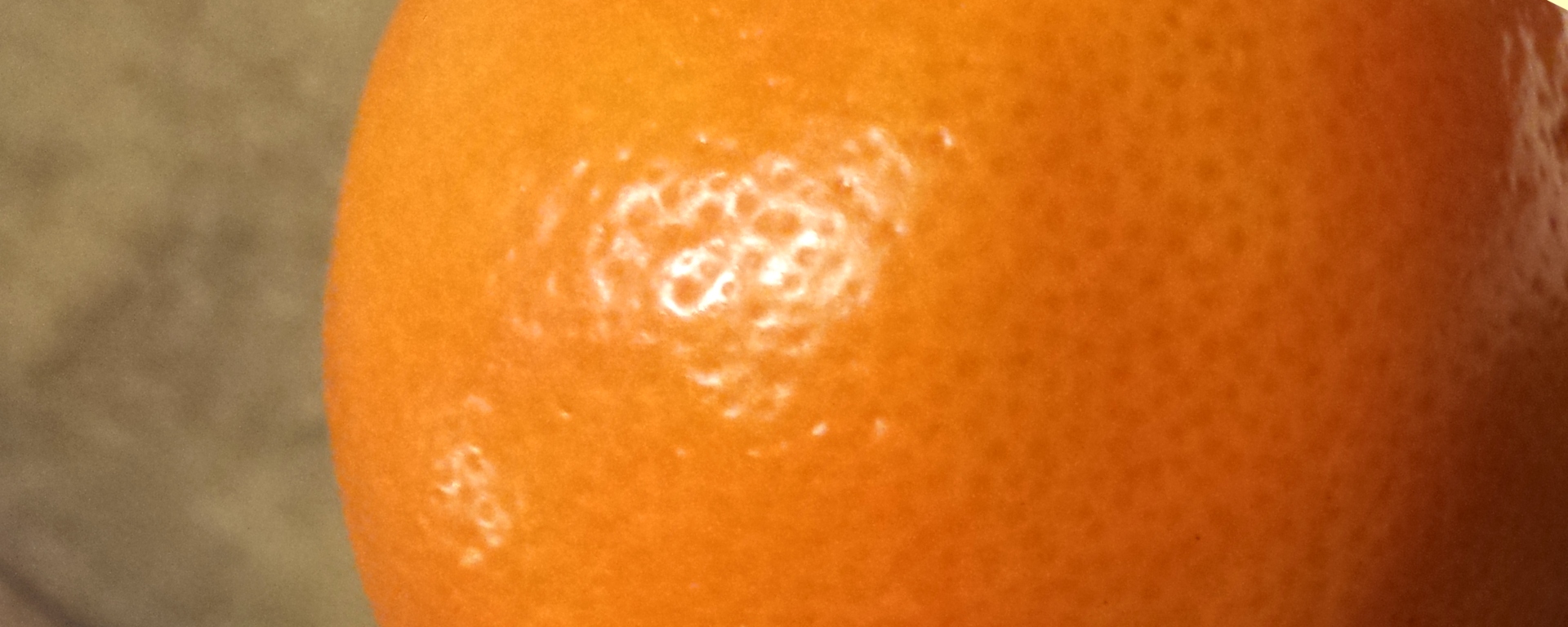A Quick Lesson on Zesting your Lemon, Lime, Orange… and Grapefruit? Yes grapefruit. Zesting your fruit isn’t as easy as just scraping your lime or orange down a grater. If you’re looking for tart lemon, then you won’t want the bitter pith messing things up in your baked goods.
Before we get started, the first rule of zesting a fruit is: 1) if your recipe is going to need the juice of the fruit you are zesting then you should zest the fruit FIRST and then juice it. Reversing this process will quickly get messy.
What is zesting?
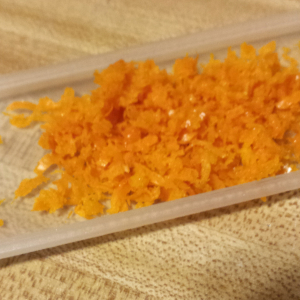 Zesting is the action of removing the “zest” from a citrus fruit. The “zest” is the outer peel of the citrus fruit without the white pith. Sometimes the “zest” can be finely shredded and other times it can be large peels of skin that minimize (if not eliminate entirely) the pith of the fruit. Sometimes it is a mixture of these two forms or somewhere in between.
Zesting is the action of removing the “zest” from a citrus fruit. The “zest” is the outer peel of the citrus fruit without the white pith. Sometimes the “zest” can be finely shredded and other times it can be large peels of skin that minimize (if not eliminate entirely) the pith of the fruit. Sometimes it is a mixture of these two forms or somewhere in between.
The zest is not the whole peel. The zest is the top later of the outer peel without the white part underneath. The white part (called the pith) is a spongy vascular material that holds in the juices of the fruit. The outer layer of the skin is where the citrus bursts with flavor and its the part you need for your recipes.
How do you zest?
If you are going to remove the zest from a citrus fruit, you will need a tool to do so. A common used tool is a zester specifically designed for the the purpose of zesting your fruit. Depending on your zester, your zest may take the form of fine shreds, ribbons, or swaths of peel. Assuming you’ve got a tool specifically for the job, the idea is to scrape the outer skin off without getting any of the white pith underneath.
If you are zesting an orange, you should be left with a nice pile of ORANGE zest and a blotchy white orange still full of juice. If you are getting orange mush in your zester than you likely scraped too hard and broke through the pith. This will release some juice. You have to be firm in zesting your fruit but not so hard that your going below the orange outer layer.
Should you wash citrus before zesting?
Yes. The oils in your citrus zest is what you are after. You should always wash your fruits and vegetables when you bring them home from the market regardless.
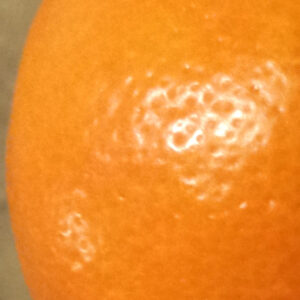 There is a myth that you are washing away the oils from the citrus skin, but in fact you are washing away the dirt, wax and any insecticides or other contaminants that may have come in contact with your lime before it reached your shopping cart. The oils are preserved inside the skin and can’t be simply washed away.
There is a myth that you are washing away the oils from the citrus skin, but in fact you are washing away the dirt, wax and any insecticides or other contaminants that may have come in contact with your lime before it reached your shopping cart. The oils are preserved inside the skin and can’t be simply washed away.
You should think of them as little nodules containing these essential oils just waiting to be released. To see a demonstration of this principle, simply bend the zest of an orange peel back on itself and squeeze slightly to see a small spray of oils that are LOCKED in the skin. By squeezing slightly you’re making these sealed chambers within the skin burst and spray their contents.
Can you eat the pith?
Yes would be the short answer. If you eat citrus fruits, you are likely getting some kind of pith already. It’s almost impossible not to ingest some pith, even if you are peeling the entire skin off of the fruit. The spongy vascular white layer is what separates the skin from the fruit and essentially encases the entire fruit underneath the exterior layers.
The reason you don’t want to get any pith when you are zesting a fruit is because the white pith will add a bitter flavor to your zest. Zest should be bright and refreshing. The bitter pith is in total contrast to that brightness and may not be the flavor you are looking for overall. Removing the zest from a lime takes a delicate touch but the refreshing sharp tang you get without that bitterness from the pith is such a tasty reward.
With that said, I make a nice lemonade that includes the entire peel of the lemon (pith and all). Sometimes when you’re making a recipe you may want that bitter taste creeping through. The bitterness will round out a larger overall flavor and almost create a balance. In the example of my lemonade, the bitter peel pith is balanced with some honey. Some sweetness is okay but lets not forget that lemonade is supposed to be tart and bitterness is sometimes a nice compliment to that in my opinion.
How do you zest a fruit without a zester?
If you don’t have a specific tool for the job and you really need some citrus zest, you will have to improvise. There are other tools that can be used. There are many things that you probably already have in your kitchen that can zest a fruit if needed. A box grater will do the job and will probably give you a few options to the size of your zest.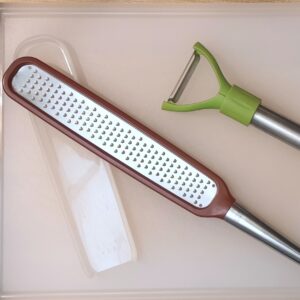
I’ve gotten little grinds to a pretty good size peel depending on the side of the “box” I’m using. A vegetable peeler works well for getting larger pieces of zest but you will need a delicate hand to get thinner and smaller zest sizes from the vegetable peeler.
If you have the typical kitchen tongs, you can use the tong end to scrape off little strands of zest from any fruit. Using a simple fork may gain you the same result but with smaller strands. Lets not forget the that a paring knife is always the fallback for any chore in the kitchen and works well for this job too.
Using a vegetable peeler to grab a nice swath of skin and then cutting up into strands or slivers with your pairing knife is nice way to determine the actual sizes you are looking for without the need for an extra tool just to “zest”.
How much zest can you get from one fruit?
Depending on the size of your lemon, lime, orange or grapefruit, you will get varying amounts of zest. The amount of Zest you are able to “harvest” will also depend on how thorough of a job you do on the fruit. You can expect the
- One small lemon or a normal lime will yield about 2 teaspoons of zest.
- One orange will get you slightly more than 1 tablespoon of zest.
- Expect a grapefruit to be double with almost 2 or even 3 tablespoons.
What do you do with zest?
Using zest is a great way to add flavor and brightness to any recipe. You’ll find zest works great with soups, salads, dressing, drinks and desserts. There are many different ways to add tang and brightness to your recipes and if you’re using grapefruit zest, a nice burst of bitterness too. Mix any citrus zest in with your sugar or salt for a nice change in rimming your cocktail glass.
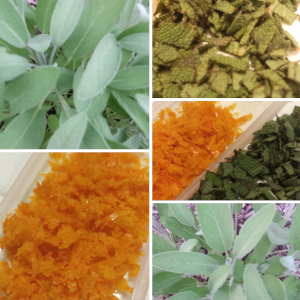 I will dry out citrus zests and use them in tea blends that I create. Citrus zest will also candy up just fine in your favorite syrup. If you like the bitterness taste, you’ll love candied grapefruit.
I will dry out citrus zests and use them in tea blends that I create. Citrus zest will also candy up just fine in your favorite syrup. If you like the bitterness taste, you’ll love candied grapefruit.
Adding lemon zest to any recipe will usually brighten the flavor and I find adding orange zest to any herb blend tones down that grassy taste you sometimes get with using a lot of herbs. It’s a refreshing addition to your food without getting a “sour” tart note.
How do you store citrus zest?
To store any kind of freshly zested fruit, just place the zest in a zip bag or a small air tight container in the refrigerator. Your zest should last a couple weeks cold. Your zest will freeze up just fine too. Its good to lay out the zest on a tray or baking sheet lined with parchment paper first and then freeze. Once its frozen, you can then put all your zest in a freezer safe container or bag and use as needed without it being in a big clump you have to defrost all at once.
Your zest should last about six months in the freezer. Its important to zest and store as quickly as possible if you’re not going to use right away. Your citrus zest will slowly start to stiffen and get hard the longer you leave it out.
Can you substitute zest in recipes?
Yes you can, but generally, if you’re using zest in the first place you’re looking for a pop in refreshing bright flavor when using the ingredient, so a citrus zest substitute is going to be some kind of citrus juice, extract, or other citrus zest from a different fruit. Swapping a lemon for a lime or vice-versa is a given, but what else can you do?
As a general rule of thumb (excluding grapefruit of course), my formula for zest substitution breaks down like this:
- 1 Teaspoon of Peel Zest : SUBSTITUTE WITH
- 1 Teaspoon of another Peel Zest – Yes the flavors will be different but the substitution can be made if not looking for a specific flavor. Orange zest will not have the tartness of a lime.
- 2 Tablespoons of the same fruit juice – Used for taste only and not for decoration or garnish on your food.
- ½ teaspoon of the same fruit’s extract – Depending on your brand, you might want to go easy and test first.
- ⅓ teaspoon dried peel – If you dried it yourself, expect a little more flavor than store bought.

